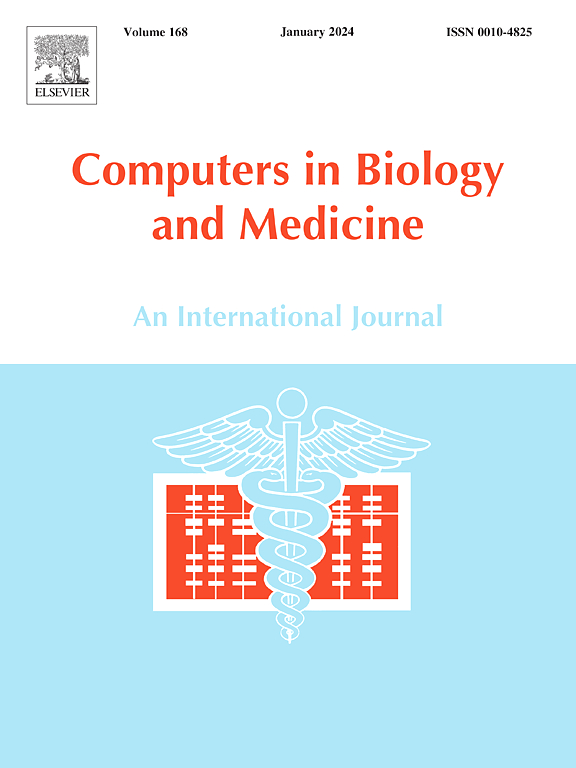Large medical image database impact on generalizability of synthetic CT scan generation
IF 7
2区 医学
Q1 BIOLOGY
引用次数: 0
Abstract
This study systematically examines the impact of training database size and the generalizability of deep learning models for synthetic medical image generation. Specifically, we employ a Cycle-Consistency Generative Adversarial Network (CycleGAN) with softly paired data to synthesize kilovoltage computed tomography (kVCT) images from megavoltage computed tomography (MVCT) scans. Unlike previous works, which were constrained by limited data availability, our study uses an extensive database comprising 4,000 patient CT scans, an order of magnitude larger than prior research, allowing for a more rigorous assessment of database size in medical image translation.
We quantitatively evaluate the fidelity of the generated synthetic images using established image similarity metrics, including Mean Absolute Error (MAE) and Structural Similarity Index Measure (SSIM). Beyond assessing image quality, we investigate the model’s capacity for generalization by analyzing its performance across diverse patient subgroups, considering factors such as sex, age, and anatomical region. This approach enables a more granular understanding of how dataset composition influences model robustness.
大型医学图像数据库对合成CT扫描生成通用性的影响
本研究系统地考察了训练数据库大小和深度学习模型对合成医学图像生成的通用性的影响。具体来说,我们使用了一个带有软配对数据的循环一致性生成对抗网络(CycleGAN)来合成来自兆伏计算机断层扫描(MVCT)的千伏计算机断层扫描(kVCT)图像。与以前的工作不同,这些工作受到有限数据可用性的限制,我们的研究使用了一个包含4,000名患者CT扫描的广泛数据库,比以前的研究大一个数量级,允许对医学图像翻译中的数据库大小进行更严格的评估。我们使用既定的图像相似度量,包括平均绝对误差(MAE)和结构相似指数度量(SSIM),定量评估生成的合成图像的保真度。除了评估图像质量之外,我们还考虑了性别、年龄和解剖区域等因素,通过分析模型在不同患者亚组中的表现,研究了模型的泛化能力。这种方法可以更细致地了解数据集组合如何影响模型稳健性。
本文章由计算机程序翻译,如有差异,请以英文原文为准。
求助全文
约1分钟内获得全文
求助全文
来源期刊

Computers in biology and medicine
工程技术-工程:生物医学
CiteScore
11.70
自引率
10.40%
发文量
1086
审稿时长
74 days
期刊介绍:
Computers in Biology and Medicine is an international forum for sharing groundbreaking advancements in the use of computers in bioscience and medicine. This journal serves as a medium for communicating essential research, instruction, ideas, and information regarding the rapidly evolving field of computer applications in these domains. By encouraging the exchange of knowledge, we aim to facilitate progress and innovation in the utilization of computers in biology and medicine.
 求助内容:
求助内容: 应助结果提醒方式:
应助结果提醒方式:


